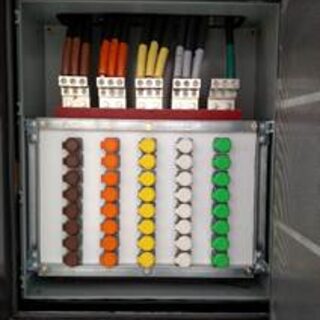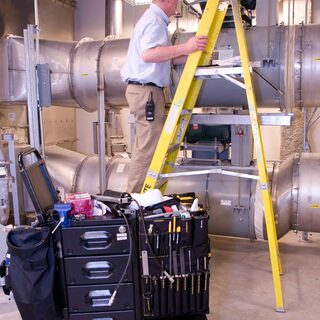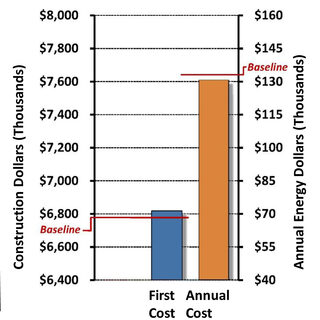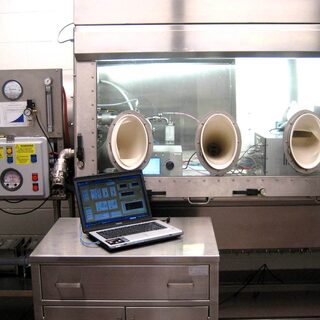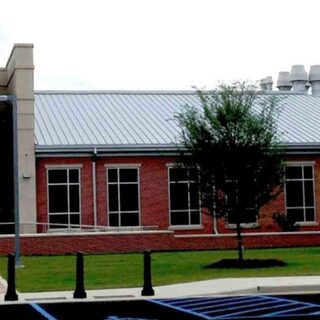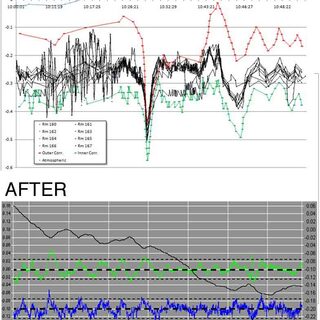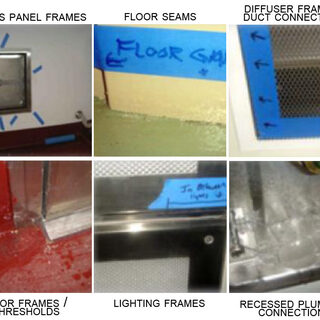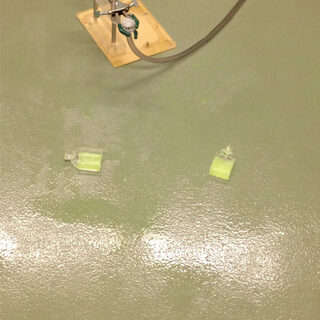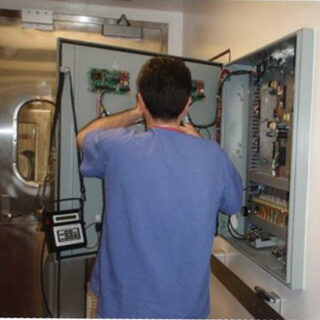Consulting the Experts: Pressing Issues in Animal and Biocontainment Facilities
In the concluding Open Forum/Town Hall session of Tradeline’s Facility Strategies for Animal Research and Biocontainment conference, moderator Derek Westfall, president of Tradeline, and subject matter commentators, Mark Corey with Flad Architects and Tiffini Lovelace with EYP Architecture & Engineering, led a knowledge exchange on questions posed by conference attendees. This is an edited transcript of that exchange.


